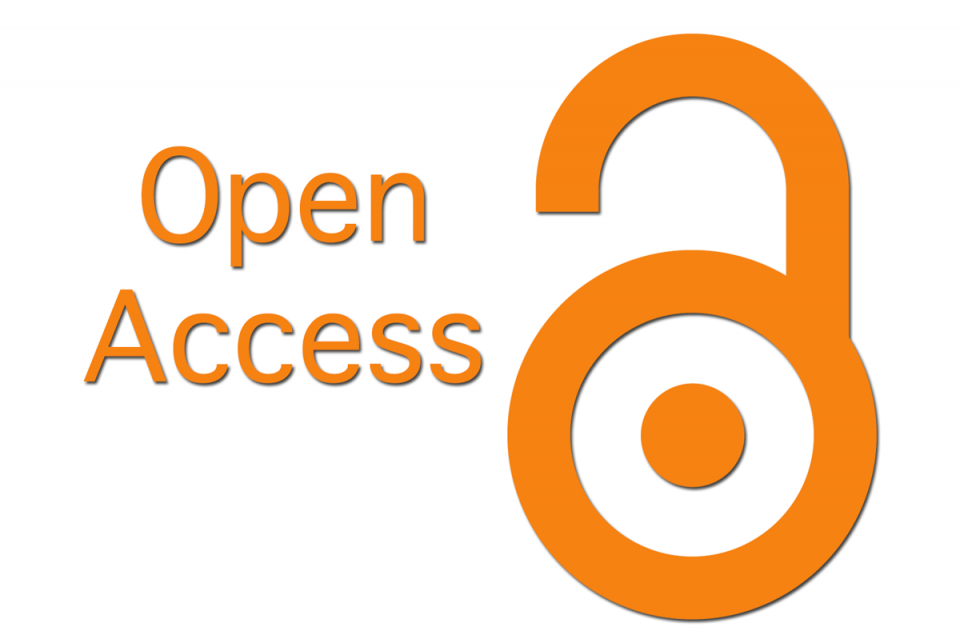Staphylococcus aureus in Oral Infections: Epidemiology, Virulence Factors, and Treatment Strategies
Keywords:
Staphylococcus aureus, oral infections, epidemiology, virulence factors, biofilms, MRSA, antibiotic resistance, treatment strategies, phage therapy, immunomodulation.Abstract
Purpose: This study provides a thorough examination of the epidemiology, virulence factors, and therapeutic strategies associated with S. aureus in the context of oral infections. The epidemiological analysis draws on a robust dataset spanning several years, revealing trends in the incidence of S. aureus infections in oral health, with a particular focus on the emergence of resistant strains. The study identifies critical factors contributing to the persistence and severity of these infections, including the organism’s ability to form biofilms and produce a variety of exotoxins and enzymes that enhance its survival and pathogenicity in the oral environment.
Downloads
References
Azam, M. W., & Khan, A. U. (2016). Updates on the pathogenicity status of Staphylococcus aureus with special reference to sortase-dependent and sortase independent mechanisms. Life Sciences, 227, 63-71.
Bertl, K., Laky, M., Pandis, N., Buhlin, K., & Stavropoulos, A. (2016). The role of Staphylococcus aureus in oral implant failures: A systematic review and meta analysis. Clinical Oral Implants Research, 27(5), 648-657.
David, M. Z., & Daum, R. S. (2017). Community-associated methicillin-resistant Staphylococcus aureus: Epidemiology and clinical consequences of an emerging epidemic. Clinical Microbiology Reviews, 23(3), 616-687.
Downloads
Published
Issue
Section
License

This work is licensed under a Creative Commons Attribution 4.0 International License.
You are free to:
- Share — copy and redistribute the material in any medium or format for any purpose, even commercially.
- Adapt — remix, transform, and build upon the material for any purpose, even commercially.
- The licensor cannot revoke these freedoms as long as you follow the license terms.
Under the following terms:
- Attribution — You must give appropriate credit , provide a link to the license, and indicate if changes were made . You may do so in any reasonable manner, but not in any way that suggests the licensor endorses you or your use.
- No additional restrictions — You may not apply legal terms or technological measures that legally restrict others from doing anything the license permits.
Notices:
You do not have to comply with the license for elements of the material in the public domain or where your use is permitted by an applicable exception or limitation .
No warranties are given. The license may not give you all of the permissions necessary for your intended use. For example, other rights such as publicity, privacy, or moral rights may limit how you use the material.








